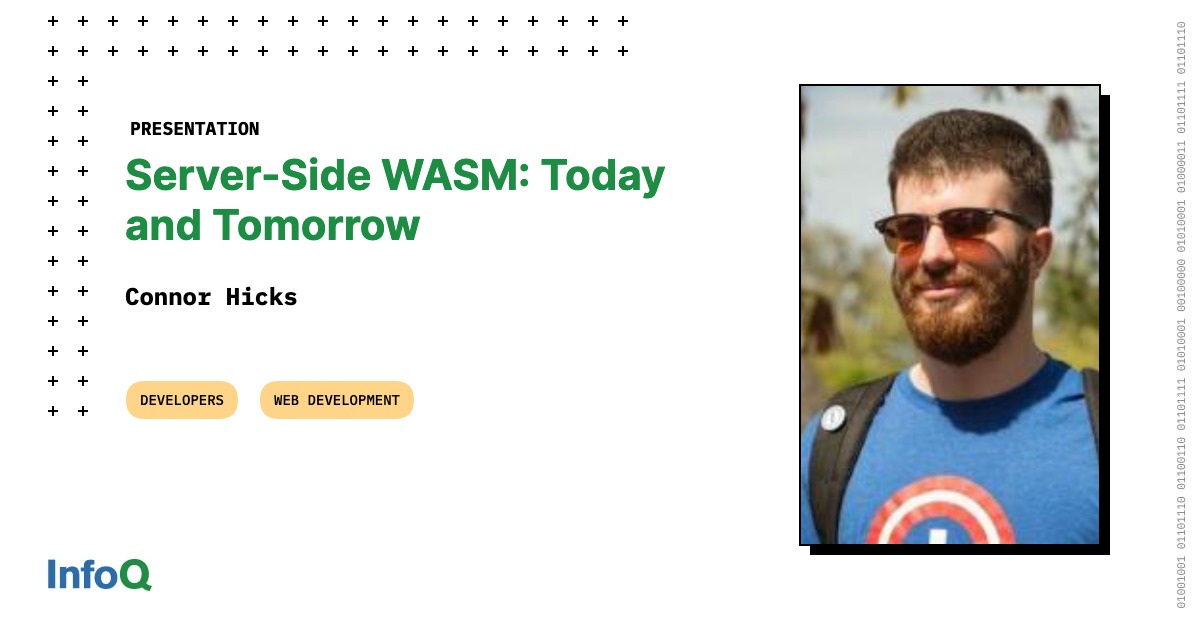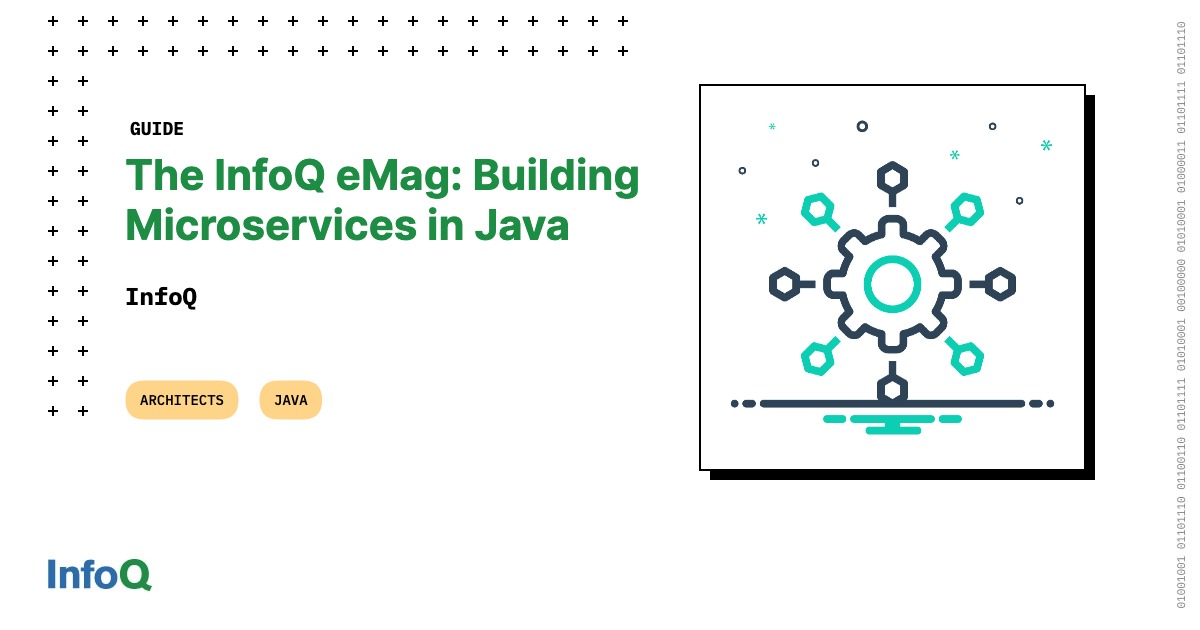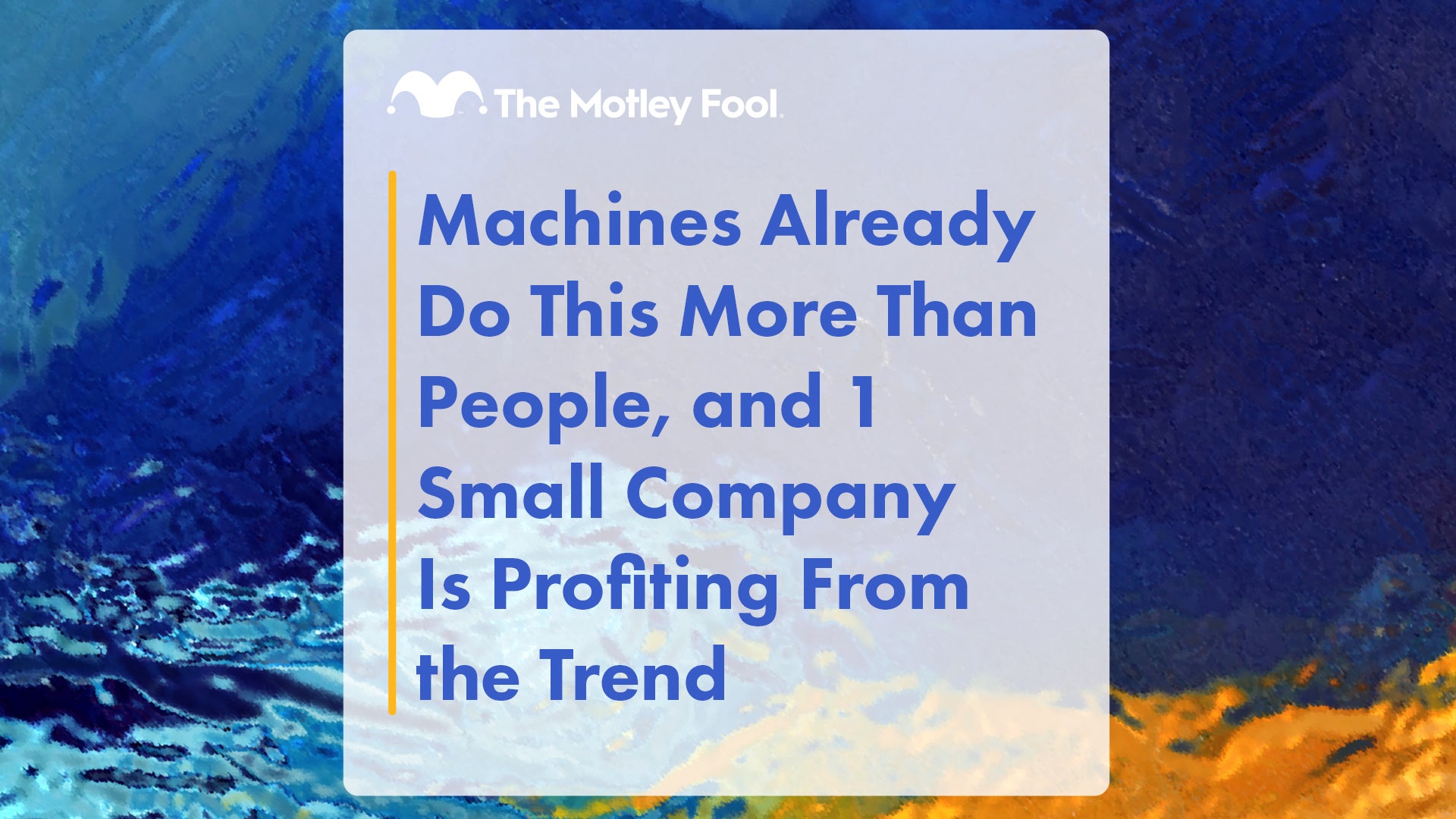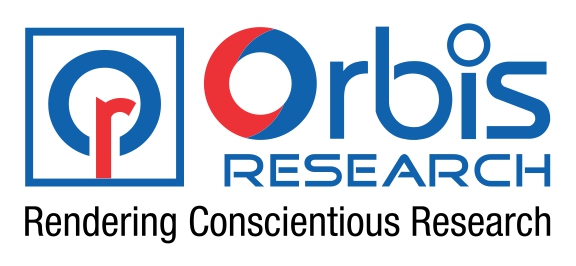This detailed summary and report documentation of the NoSQL Software market includes market size, market segmentation, market position, regional and national market sizes, competitive economy, sales research, optimization of the value chain, trade policy, the impact of the players, latest trends, market strategic growth, optimization of the value chain, and analysis of opportunity.
Market Segmentation Assessment
The study presents market volumes, execution, the share of the market, product growth trends, and qualitative and quantitative analysis to estimate micro ¯o-economic factors that affect growth roadmap. The demand in NoSQL Software market was fully anticipated over the forecast timeframe. The study includes recent industry developments such as growth factors, restrictions, and new market news.
We Have Recent Updates of NoSQL Software Market in Sample [email protected] https://www.orbisresearch.com/contacts/request-sample/4555687?utm_source=puja7s
Vendor Profiling: NoSQL Software Market, 2020-28:
MongoDB
Amazon
ArangoDB
Azure Cosmos DB
Couchbase
MarkLogic
RethinkDB
CouchDB
SQL-RD
OrientDB
RavenDB
Redis
Microsoft
The market share analysis offers valuable insights into international markets, such as trends for development, competitive environmental assessment, and the region’s highest growth status. Regulation and development ideas and an overview of manufacturing processes and price structures are provided.
Analysis by Type:
Cloud Based
Web Based
Analysis by Application:
E-Commerce
Social Networking
Data Analytics
Data Storage
Others
Regional Analysis:
The report evaluates the proliferation of the NoSQL Software market in the nations like France, Italy USA, Japan, Mexico, Brazil, Canada, Russia, Germany, U.K, South Korea, and Southeast Asia. The report also undergoes meticulous evaluation of the regions such as Middle East & Africa, Europe North, America, Latin America, and Asia Pacific.
– North America (U.S., Canada, Mexico)
– Europe (U.K., France, Germany, Spain, Italy, Central & Eastern Europe, CIS)
– Asia Pacific (China, Japan, South Korea, ASEAN, India, Rest of Asia Pacific)
– Latin America (Brazil, Rest of L.A.)
– Middle East and Africa (Turkey, GCC, Rest of Middle East)
Browse Full Report with Facts and Figures of NoSQL Software Market Report at @ https://www.orbisresearch.com/reports/index/global-nosql-software-market-size-status-and-forecast-2020-2026?utm_source=puja7s
The report highlights the parties that work along the supply chain, intellectual property rights, technical information of the products and services. The study aims to provide information about the market that is easily not accessible, and understandable information that helps the market participants make informed decisions. The study identifies the untapped avenues, and factors shaping the revenue potential of the NoSQL Software market. The report provides a detailed analysis of the demand and consumption patterns of the customers in the NoSQL Software market provides region-wise assessment for a detailed analysis.
NoSQL Software Market Key Highlights
• Compound Annual Growth Rate (CAGR) of the NoSQL Software market during the forecast period 2022-2027 estimating the return on investments.
• Detailed analysis of the influencing factors that will assist the NoSQL Software participants to grow in the next five years with its full potential
• Estimation of the NoSQL Software market size, market share by value and by volume, and contribution of the parent market in the NoSQL Software market.
• Consumer behavior with respect to current and upcoming trends.
• Analysis of the competitive landscape and insights on the product portfolios, technology integration boosting growth, and new product launches by the prominent vendors in the NoSQL Software market.
Do You Have Any Query or Specific Requirement? Ask Our Industry [email protected] https://www.orbisresearch.com/contacts/enquiry-before-buying/4555687?utm_source=puja7s
The business report also tracks competition data such as fusions, alliances, and market growth targets. This report also gives a better understanding about the impact of this change on both consumers and society as well. Detailed information on the product portfolios and pricing patterns of the leading players allows the existing and new participants in the NoSQL Software market to squeeze cost prices.
This study addresses further the fundamental perspectives on the business economy, high-growth markets, countries with high growth, and industry variations in business factors, and limitations. Further, the latest report provides a strategic evaluation and a thorough analysis of the industry, strategies, products, and development capabilities of NoSQL Software business leaders.
Table of Contents
Chapter One: Report Overview
1.1 Study Scope
1.2 Key Market Segments
1.3 Players Covered: Ranking by NoSQL Software Revenue
1.4 Market Analysis by Type
1.4.1 NoSQL Software Market Size Growth Rate by Type: 2020 VS 2028
1.5 Market by Application
1.5.1 NoSQL Software Market Share by Application: 2020 VS 2028
1.6 Study Objectives
1.7 Years Considered
Chapter Two: Growth Trends by Regions
2.1 NoSQL Software Market Perspective (2018-2028)
2.2 NoSQL Software Growth Trends by Regions
2.2.1 NoSQL Software Market Size by Regions: 2018 VS 2020 VS 2028
2.2.2 NoSQL Software Historic Market Share by Regions (2018-2020)
2.2.3 NoSQL Software Forecasted Market Size by Regions (2021-2028)
2.3 Industry Trends and Growth Strategy
2.3.1 Market Top Trends
2.3.2 Market Drivers
2.3.3 Market Challenges
2.3.4 Porter’s Five Forces Analysis
2.3.5 NoSQL Software Market Growth Strategy
2.3.6 Primary Interviews with Key NoSQL Software Players (Opinion Leaders)
Chapter Three: Competition Landscape by Key Players
3.1 Top NoSQL Software Players by Market Size
3.1.1 Top NoSQL Software Players by Revenue (2018-2020)
3.1.2 NoSQL Software Revenue Market Share by Players (2018-2020)
3.1.3 NoSQL Software Market Share by Company Type
3.2 NoSQL Software Market Concentration Ratio
3.2.1 NoSQL Software Market Concentration Ratio (CRChapter Five: and HHI)
3.2.2 Top Chapter Ten: and Top 5 Companies by NoSQL Software Revenue in 2020
3.3 NoSQL Software Key Players Head office and Area Served
3.4 Key Players NoSQL Software Product Solution and Service
3.5 Date of Enter into NoSQL Software Market
3.6 Mergers & Acquisitions, Expansion Plans
The NoSQL Software market research study curated in the report provides information about the current trends and future market dynamics to the market participants. The report extensively analyzes the significant market factors such as current and future trends, drivers, risks and opportunities, and major developments prevalent in the NoSQL Software market.
About Us:
Orbis Research (orbisresearch.com) is a single point aid for all your market research requirements. We have vast database of reports from the leading publishers and authors across the globe. We specialize in delivering customized reports as per the requirements of our clients. We have complete information about our publishers and hence are sure about the accuracy of the industries and verticals of their specialization. This helps our clients to map their needs and we produce the perfect required market research study for our clients.
Contact Us:
Hector Costello
Senior Manager Client Engagements
4144N Central Expressway,
Suite 600, Dallas,
Texas 75204, U.S.A.
Phone No.: USA: +1 (972)-362-8199 | IND: +91 895 659 5155








